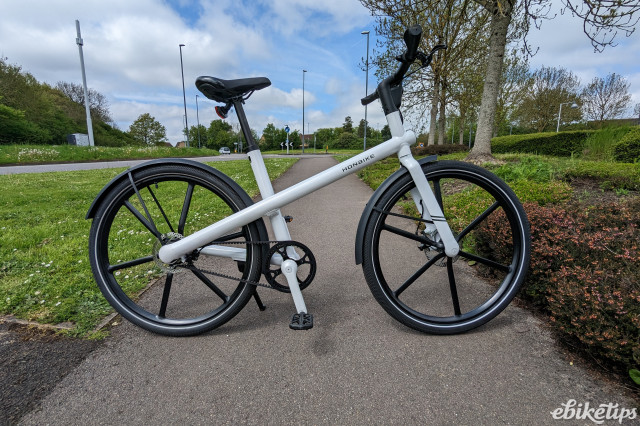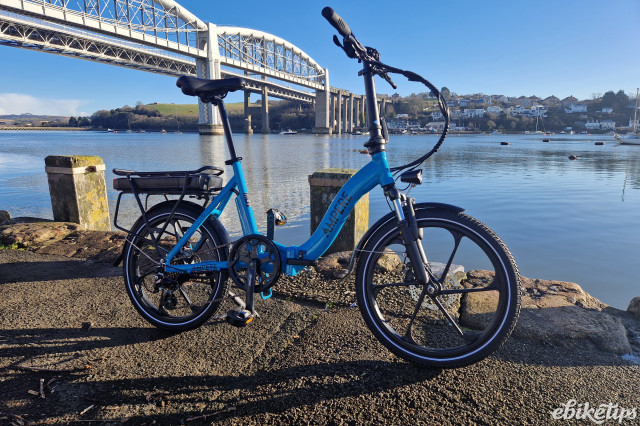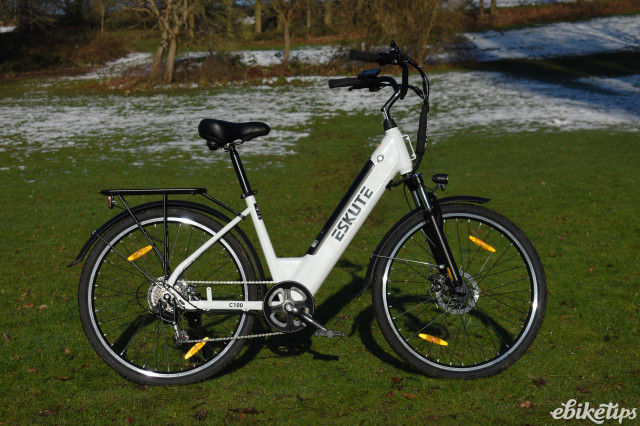Charity Electrical Safety First (ESF) is extending its e-scooter charging safety advice to Prince William after a viral video emerged apparently showing the heir to the throne riding the vehicle in the grounds of Windsor Castle.
It was reported last year that the Prince of Wales had bought an e-scooter to ride around the Windsor estate, with a source telling the Sun: “It’s a two or three-mile round trip from his family home at Adelaide Cottage to Windsor Castle so it’s easier by scooter than car or walking.”
Riding privately-owned e-scooters on private land is legal in the UK as long as you have the landowner’s permission, but they cannot be ridden anywhere on public roads.
> E-scooters and the law: When and where are you legally allowed to ride an electric scooter?
Both e-scooters and e-bikes have been growing in popularity in the UK, but have also been linked to several fires with the London Fire Brigade calling them the capital’s “fastest growing fire risk”. Many of these fires however have involved second-hand vehicles, or they have been modified using parts bought online.
> Video: Second-hand e-scooter on charge bursts into flames in kitchen
Giuseppe Capanna, product safety engineer at ESF, said e-scooters and e-bikes, if purchased from a reputable retailer, used within the law, and charged safely are, "no more dangerous than any other electric vehicle, but there are practices you can put in place to make sure you enjoy your device safely, to keep you and your family safe".
The consumer safety charity is issuing its ‘Royal Protocol’ to the ‘Prince of Wheels’ and other e-scooter and e-bike users on how to charge their devices safely at home, whether that's Adelaide Cottage or elsewhere.
Capanna said: “Prince William will want to ensure he is using a compatible charger to ensure the battery receives the correct voltage. Incompatible chargers can risk supplying a battery with the wrong voltage and make it unstable. If His Royal Highness loses or misplaces the charger, we recommend going back to the manufacturer to ensure the replacement is suitable.
“Whilst there will be no shortage of space at Adelaide Cottage where the Prince resides, His Royal Highness should avoid charging it overnight and away from any stairways or exit routes. When the device is finished charging, we recommend unplugging it rather than leaving it on charge.
“Lastly, riders are reminded to follow the Prince’s good and responsible example by only using e-scooters on private land as he has done here. Privately purchased e-scooters are not permitted on public roads and should only be used on private land where you have permission.
“Our ‘Royal Protocol’ offers safety tips not just fit for a king, but for every household up and down the country to ensure they enjoy their devices safely.”
ESF’s ‘Royal Protocol’ for charging your e-scooter safely:
Buy from reputable retailers: Always purchase your e-scooter or e-bike from a reputable retailer. Avoid third party sellers on online marketplaces and dubious sources to ensure your product meets safety standards.
Use original chargers and batteries: Only use chargers and batteries from the original manufacturer. Substandard or incompatible replacements can increase the risk of fires.
Avoid unverified sellers: Avoid buying from market stalls or third-party sellers on online marketplaces. These products may not have undergone proper safety testing.
Follow the manufacturer’s charging instructions: Always adhere to the charging guidelines provided by the manufacturer.
Unplug after charging: Once your e-scooter or e-bike is fully charged, unplug it to prevent continuous charging, which can overheat the battery especially if it’s substandard.
Avoid charging overnight: Where possible, we strongly advise that you avoid charging your device while you sleep. Fires at night are particularly dangerous due to reduced reaction times.
Charge in safe locations: Never charge your e-scooter or e-bike in exit routes such as hallways, landings, or stairwells. This can obstruct escape paths in the event of a fire.
Do not modify battery packs: Do not modify battery packs as it can lead to fires. The user instructions should advise you of any general maintenance required.
Use RCD-protected sockets: Charge your device in a socket protected by a Residual Current Device (RCD) and ensure there are working smoke alarms in the area.
Avoid high temperatures: Avoid leaving batteries in direct sunlight or areas where it may be exposed to high temperatures.
In case of fire: If your battery catches fire, do not attempt to extinguish it yourself. Evacuate the area and call the fire service immediately.






